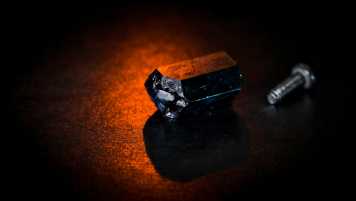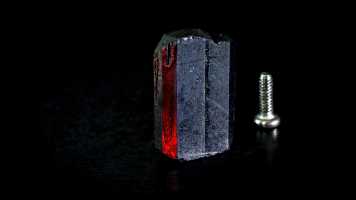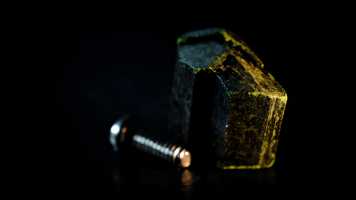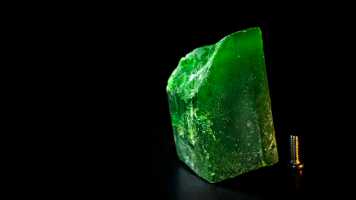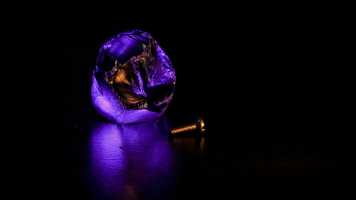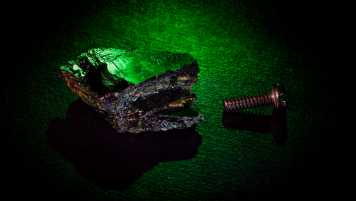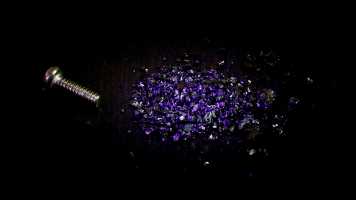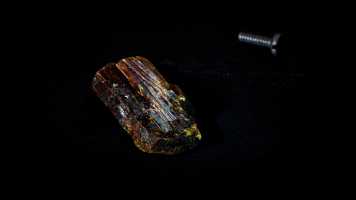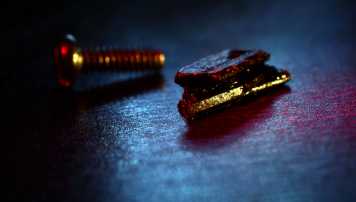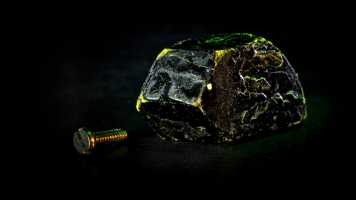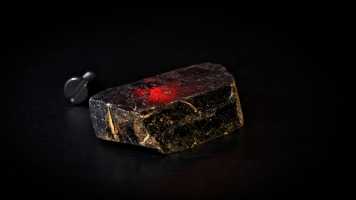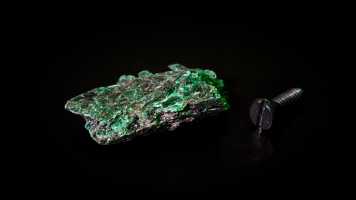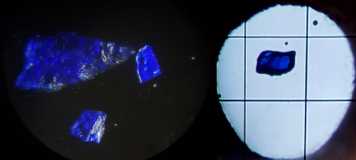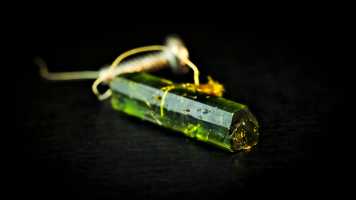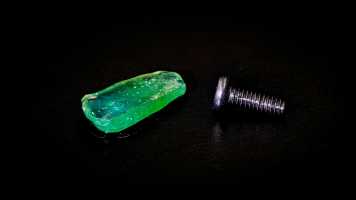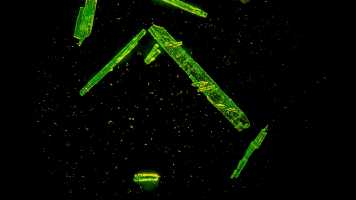Quantum Materials
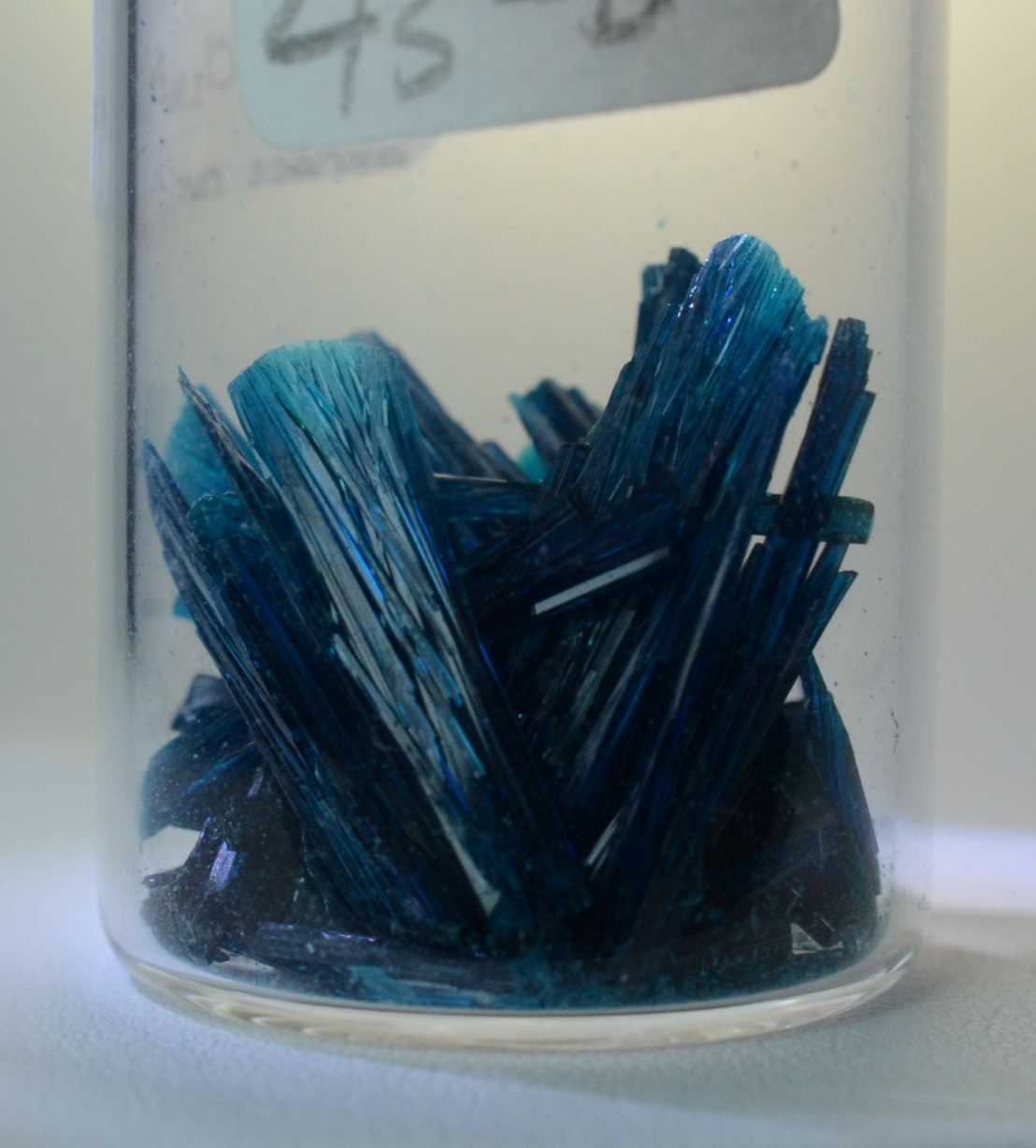
Magnetism is intrinsically a quantum phenomenon. Neverthelss, many magnets can be understood with essentially classical models. In contrast, we deal with magnetic materials that display properties and phenomena beyond the quasiclassical. The magnetic ground states and excitations in these systems are often impossible to even describe, let alone explain, without the language of quantum mechanics. And yet, these quantum magnets are real-world chemical compounds, not some abstractions in the inflamed mind of a theoretical physicist.
The most informative experiments on quantum magnets are those done on single crystals. This is obviously true for any measurements in applied magnetic or electric fields: fields applied along which crystallographic direction? Single crystals are equally important for neutron scattering experiments. There we measure correlations and excitations as a function of momentum transfer. Momentum is a vector, so again: momentum along which crystallographic direction? In the case of neutron experiments, especially spectroscopy, there is an additional requirement: the crystals need to be huge. A chemist may call a 1 mg single crystal "large", but for inelastic neutron scattering we need gram- size crystals!
Making single crystal samples of quantum magnets are the necessary first step in almost every study we undertake. We use a variety of growing techniques including wet chemistry methods and high-temperature furnace growth. Many of our single crystal samples are unique in the world.
Please enjoy a gallery of some single crystals that we have grown and studied.
A small 5 mm M1.6 screw placed next to the crystals provides the sense of scale. All the crystal structures have been created with external page VESTA software.
